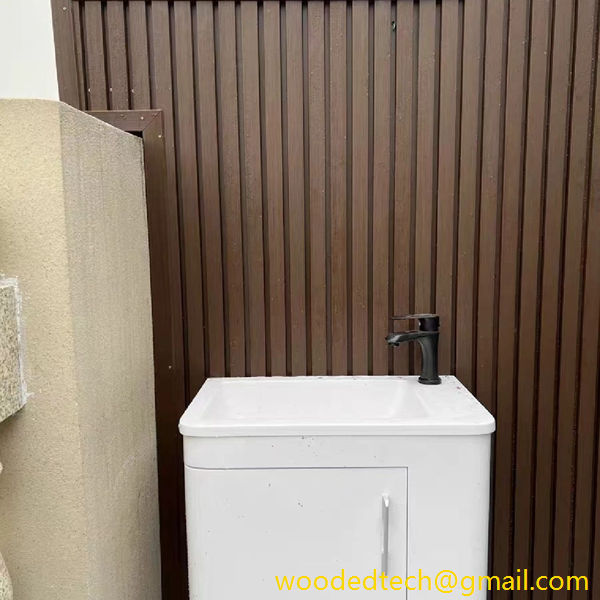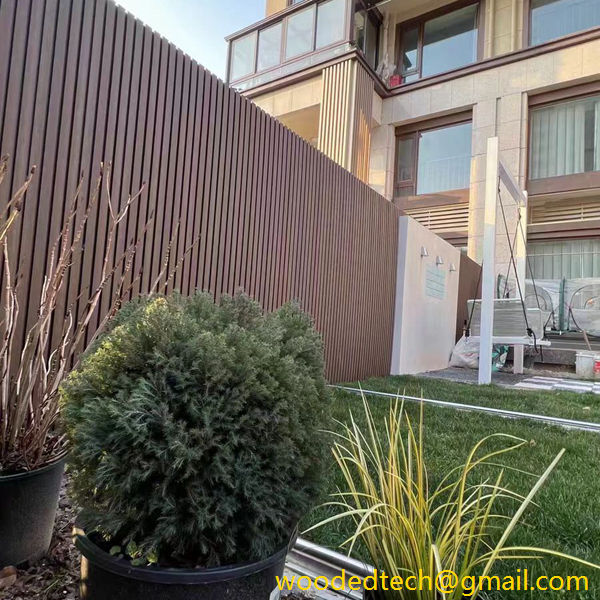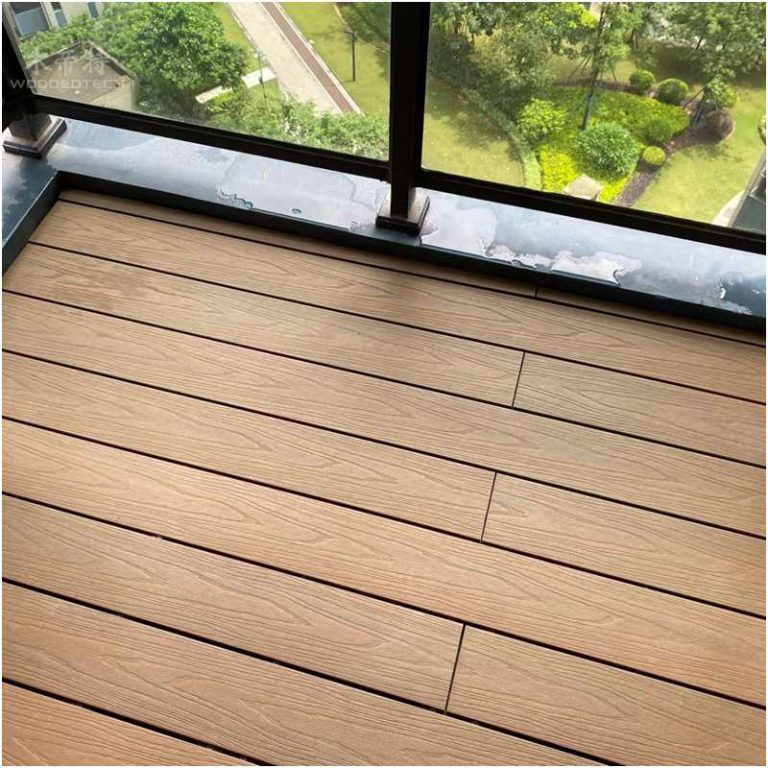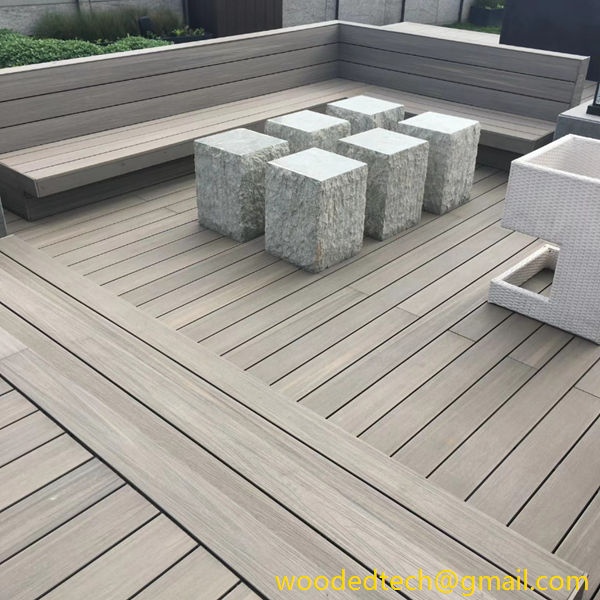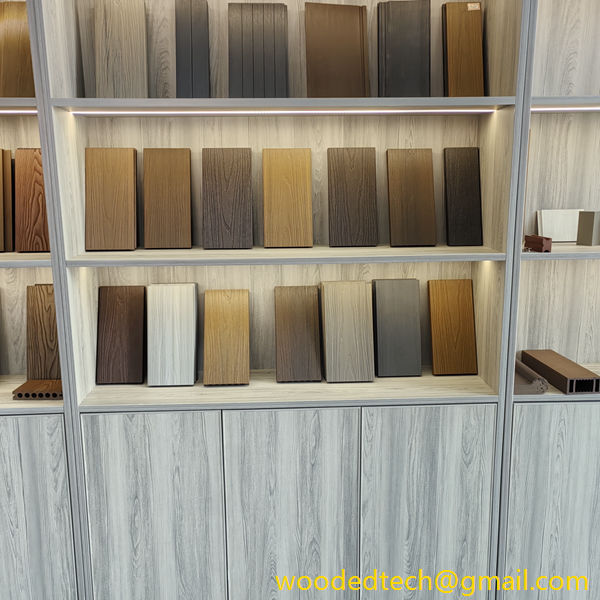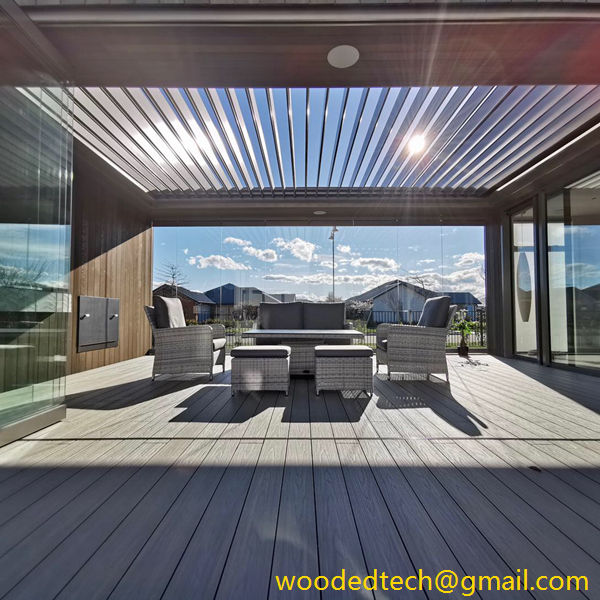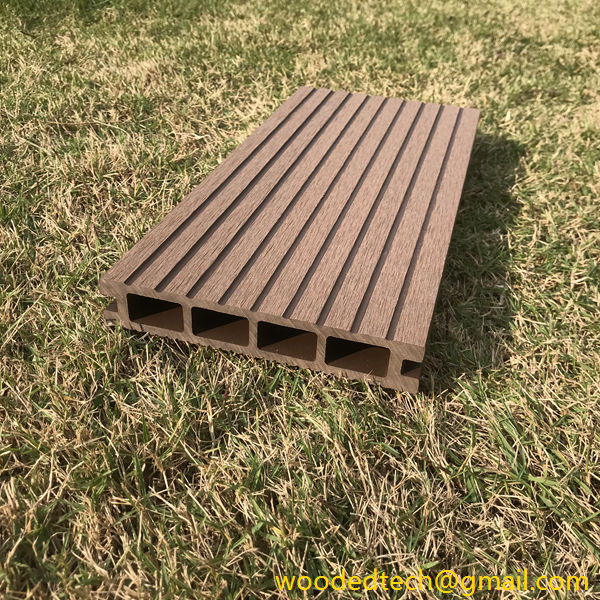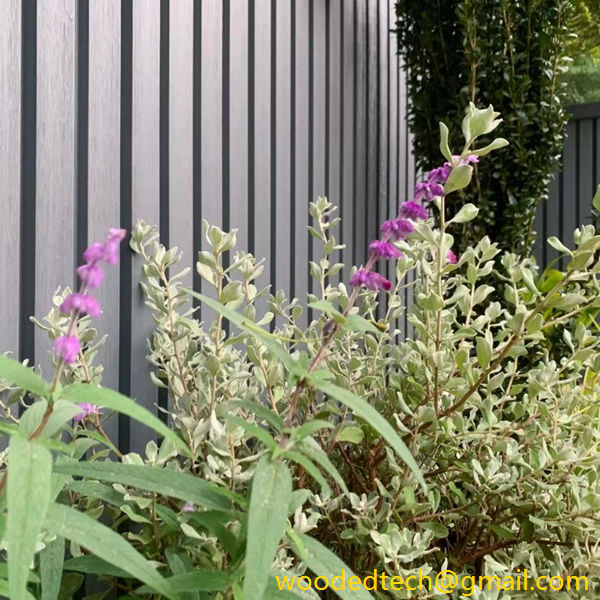Exterior Wall Cladding: Durable Exterior Wall Cladding Solutions for Lasting Protection
Exterior Wall Cladding: Durable Exterior Wall Cladding Solutions for Lasting Protection In today’s construction landscape, the importance of exterior wall cladding cannot be overstated. As a critical component of building design, cladding serves not only as an aesthetic element but also as a protective layer that shields structures from environmental elements. The choice of cladding…
Exterior Wall Cladding: Durable Exterior Wall Cladding Solutions for Lasting Protection
In today’s construction landscape, the importance of exterior wall cladding cannot be overstated. As a critical component of building design, cladding serves not only as an aesthetic element but also as a protective layer that shields structures from environmental elements. The choice of cladding material can significantly impact a building’s durability, energy efficiency, and overall maintenance requirements. This article explores the various durable exterior wall cladding solutions available, focusing on their benefits, applications, and advancements in material production technology.
Understanding Exterior Wall Cladding
Exterior wall cladding refers to the application of one material over another to provide a protective layer to a building’s exterior. This layer acts as a barrier against weather conditions such as rain, wind, snow, and extreme temperatures. Additionally, cladding contributes to the overall thermal performance of a building, helping to regulate indoor temperatures and reduce energy consumption. The aesthetics of a structure are also greatly enhanced through the choice of cladding, making it a fundamental aspect of architectural design.
Key Benefits of Durable Exterior Wall Cladding
The primary advantage of durable exterior wall cladding is its ability to protect buildings from the elements. High-quality cladding materials are engineered to withstand harsh weather conditions, including heavy rains, high winds, and intense sunlight. This resilience minimizes the risk of water infiltration, mold growth, and structural damage, thereby extending the lifespan of the building.
Another significant benefit of durable cladding is its contribution to energy efficiency. Many modern cladding materials possess insulating properties that help maintain a stable indoor climate. By reducing the need for heating and cooling systems, these materials lower energy costs and contribute to a building’s sustainability goals.
Furthermore, durable cladding solutions require minimal maintenance over time. Traditional materials such as wood may rot or warp, necessitating regular upkeep. In contrast, advanced materials like fiber cement, vinyl, and metal offer excellent durability and resistance to decay, pests, and corrosion. This reduced maintenance requirement not only saves time and money but also enhances the long-term value of the property.
Types of Durable Exterior Wall Cladding Solutions
A variety of durable exterior wall cladding solutions are available to meet different architectural needs and preferences. Some of the most popular options include:
1. Fiber Cement Cladding: Known for its strength and versatility, fiber cement is made from a mixture of cement, sand, and cellulose fibers. This material is resistant to fire, pests, and rot, making it an ideal choice for various climates. Fiber cement can be manufactured to mimic the appearance of wood, stucco, or brick, offering a wide range of design possibilities.
2. Vinyl Cladding: Vinyl is a lightweight, cost-effective option that provides excellent weather resistance. It is available in numerous colors and styles, allowing for customization while requiring minimal maintenance. Modern vinyl cladding is engineered to withstand extreme temperatures and impacts, ensuring long-term durability.
3. Metal Cladding: Metal cladding, typically made from aluminum or steel, is known for its sleek, modern aesthetic. This material is highly resistant to corrosion and can endure harsh weather conditions. Additionally, metal cladding is often recyclable, aligning with sustainable building practices.
4. Brick and Stone Cladding: Traditional brick and stone cladding not only offers timeless beauty but also exceptional durability. These materials have been used for centuries due to their ability to withstand the elements. While they can be more expensive than other options, their longevity and low maintenance requirements often justify the initial investment.
5. Composite Cladding: Composite materials combine various elements to create a lightweight, durable cladding option. These materials typically include a blend of wood fibers and plastic, offering the aesthetic appeal of wood with enhanced resistance to moisture and decay. Composite cladding is available in a range of colors and finishes, providing versatility for designers.
Advancements in Material Production Technology
The production technology behind exterior wall cladding has evolved significantly over the years. Innovations have led to the development of materials that enhance performance while reducing environmental impact. For example, manufacturers are increasingly adopting sustainable practices, such as using recycled materials in their products and implementing energy-efficient production methods.
Additionally, advancements in coatings and finishes have improved the longevity of cladding materials. Protective coatings can enhance resistance to UV rays, moisture, and dirt accumulation, ensuring that cladding remains visually appealing and functional over time. These innovations contribute to the overall sustainability of buildings, making them more energy-efficient and environmentally friendly.
Conclusion
In conclusion, durable exterior wall cladding solutions play a vital role in protecting buildings from environmental challenges while enhancing their aesthetic appeal. With a variety of materials available, including fiber cement, vinyl, metal, brick, stone, and composite options, builders and architects can select the most suitable cladding for their projects. As material production technology continues to advance, the durability, sustainability, and performance of these cladding solutions will only improve, ensuring that they remain a crucial element of modern construction. Investing in high-quality exterior wall cladding not only protects a building but also contributes to its long-term value and energy efficiency, making it a wise choice for any construction project.

